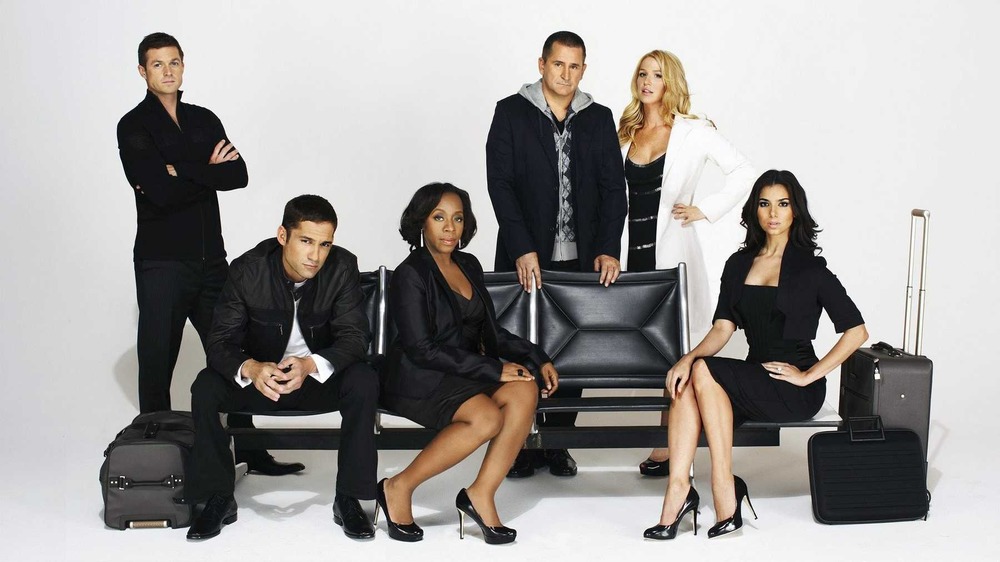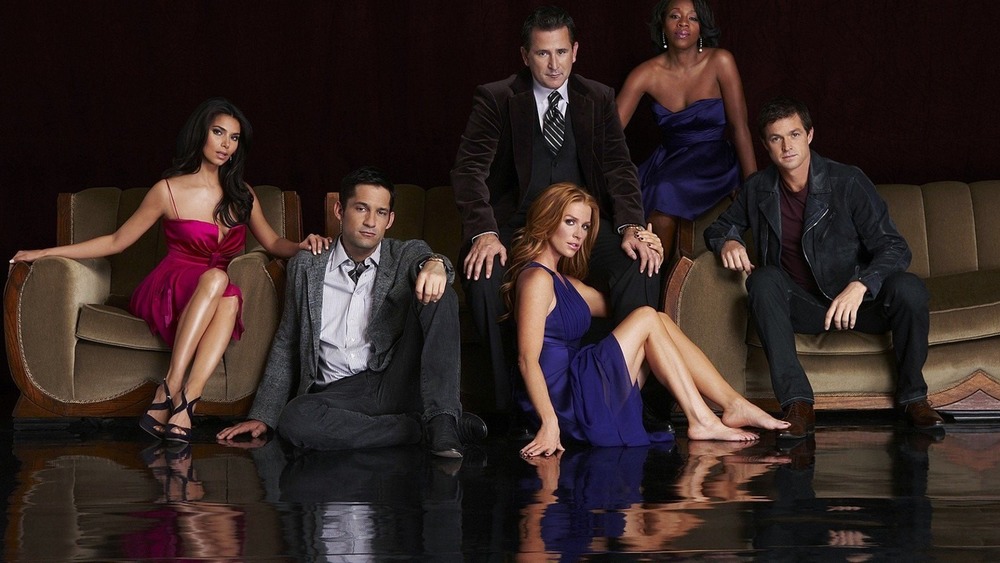Director Kate Woods Reveals What Surprised Her While Directing Without A Trace - Exclusive
The rules for nudity on television in the United States of America are not entirely intuitive, especially if you haven't spent your whole life living and consuming media there. Even on premium TV, there's an imbalance between male and female nudity. For example, Game of Thrones may have been famous in part for its willingness to show off some skin, but about 97% of that skin was women's.
Looper spoke with director Kate Woods about her long history directing television for both American and international audiences, and the difference can be pretty stark.
Woods directed an episode of the cult sci-fi show Farscape called "Twice Shy," which happens to include a scene in which one of the show's leads, Chiana (Gigi Edgley), flirts with an alien guest star named Talikaa (Paula Arundell). In 2003, when "Twice Shy" originally aired, it was rare to see openly, physically queer relationships in American genre television. Willow (Alyson Hannigan) and Tara (Amber Benson) on Buffy the Vampire Slayer represented a rare exception.
"They could have kissed," said Woods about the scene between Chiana and Talikaa. "I don't think they did because I thought it was sexier not to, but that would have been about it, and I think it was an unspoken thing because it really wasn't what the scenes was sort of about."
Things were relatively open on Farscape, an Australian production for American audiences. However, when Woods worked on Without a Trace, her first series in the U.S., things were very different.
Nudity vs. violence on American TV
Without a Trace was the Anthony LaPaglia-starring CBS procedural crime drama about a specialized FBI unit dedicated to missing persons cases. As a primetime network show, it was governed by certain American television regulations that a director like Kate Woods, coming out of Australia, might not be as familiar with.
"I do remember on Without a Trace, my very, very first episode of anything in America, they stopped production," Woods explains. That pause in production came down to one very specific cause: nipples. "We were running behind, but they stopped production because it was a girl who was boxing and she had a sort of gym outfit on. You could see her nipples, and they made us stop and put something on where you couldn't."
Nudity riders exist and serve an important function, but it must be very strange to come from a country where nipple visibility — particularly in a non-sexual situation — is more normalized, and have your first directing experience in the U.S. grind to a halt. This is especially relevant when you compare it with the way violence is shown on the very same series.
"Once I remember we had a prosthetic where the whole chest [of a character] was flayed open, so you could see the rib," Woods recalls. "You could see the inside of somebody's body, but you couldn't close it and see their breasts. You could kill somebody. You can kill as many people as you want as long as they're clothed."
Every once in a while, it's hard not to look at American TV standards from an outsider's perspective and feel at least a little puzzled about what's considered decent and what isn't.

